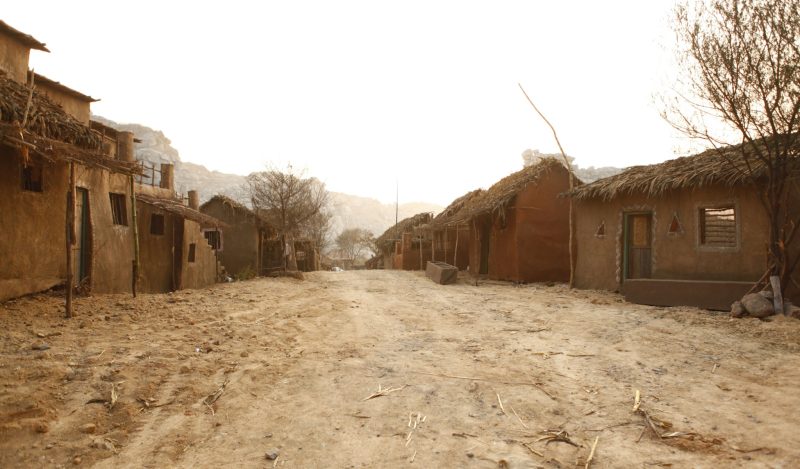Here’s a note on the economic implication of focused protected as relay to to a commenter at EconLog.
Steve:
First you assert that Jay Bhattacharya, Sunetra Gupta, and Martin Kulldorff – authors of the Great Barrington Declaration – merely “assumed that we know how to protect those most at risk” with what they called “Focused Protection,” as opposed to with lockdowns. Then when you’re shown a detailed description by these authors of what Focused Protection entails, you dismiss this description by ignoring a key problem that Focused Protection is designed to avoid.
That key problem is resource scarcity. By using general lockdowns, and by treating everyone – including school children – as being equally at risk of suffering from Covid, governments caused resources, attention, and mitigation efforts to be spread too thinly. Far too many resources, attention, and mitigation efforts were spent where they had much smaller impacts than they would have had were they instead focused on protecting the most vulnerable.
Curiously, your own follow-up dismissal of the practicality of Focused Protection (unintentionally) admits this truth. You write:
“Everyone said we should protect nursing home residents. There were a few nursing homes that made heroic efforts and had really good results, but we are talking about very low wage workers and most nursing homes run tight on staff. To save money most have a lot of per diem staff or use agency people. A lot of nursing home staff are themselves older and lot have significant morbidities. You really can’t just wave a wand and say you will reduce staff rotations. Where are the staff going to come from? Exactly how do you reduce staff rotations?”
You here describe a world racked with lockdowns and, now, vaccine mandates – that is, the world that we actually got instead of a world with Focused Protection – and conclude from this description that Focused Protection is “magic.” But your conclusion is illegitimate. It is precisely because of general lockdowns and mandates that too few resources were focused on protecting those persons who are especially vulnerable.
Also, it is no good objection to Focused Protection to point out that it would not be 100 percent effective, or to identify difficulties – perhaps even serious ones – with its implementation. No process short of 7.5 million suicides for reducing the spread of the SARS-CoV-2 virus would be 100 percent effective. No process could escape difficulties in its design and implementation. No process for dealing with Covid would be free of challenges, both real and merely imaginable.
The Great Barrington Declaration’s authors proposed Focused Protection not as a means of eliminating all harm from Covid-19. Nor did they deny challenges in its implementation. Instead, they proposed Focused Protection as an alternative to subjecting the general population to unprecedented lockdowns and mandates. Focused Protection is to be judged not against some unobtainable and imaginary ideal but, rather, against the reality of lockdowns and mandates. And by this comparison, it seems to me to be impossible to deny that the results of Focused Protection would have been far better along every dimension (save that of concentrating immense discretionary power in the hands of arrogant government officials).
The devotees of magical thinking are not those persons who advocate Focused Protection but, instead, those who believe that salvation is to be found only by spreading hysteria and trusting government officials with the power to pummel human society with unprecedented restrictions on commercial, social, and familial engagements.
Sincerely,
Don
Published under a Creative Commons Attribution 4.0 International License
For reprints, please set the canonical link back to the original Brownstone Institute Article and Author.









